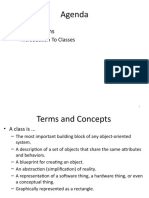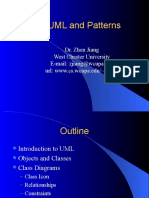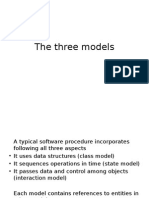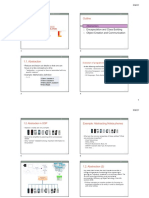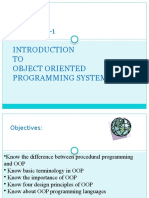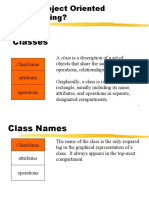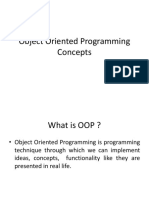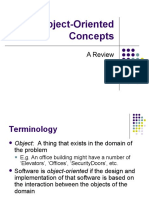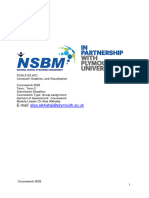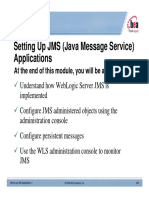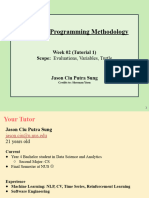0% found this document useful (0 votes)
5 views50 pages02 OOConceptsDeclaration
This document provides an overview of class and object concepts in object-oriented programming, including definitions of objects and classes, their attributes and behaviors, and the relationships between them. It also discusses the process of identifying classes and behaviors, along with examples from real-world scenarios. Additionally, it covers class declaration in C++ and the principles of encapsulation and data hiding.
Uploaded by
minhvan9602Copyright
© © All Rights Reserved
We take content rights seriously. If you suspect this is your content, claim it here.
Available Formats
Download as PDF, TXT or read online on Scribd
0% found this document useful (0 votes)
5 views50 pages02 OOConceptsDeclaration
This document provides an overview of class and object concepts in object-oriented programming, including definitions of objects and classes, their attributes and behaviors, and the relationships between them. It also discusses the process of identifying classes and behaviors, along with examples from real-world scenarios. Additionally, it covers class declaration in C++ and the principles of encapsulation and data hiding.
Uploaded by
minhvan9602Copyright
© © All Rights Reserved
We take content rights seriously. If you suspect this is your content, claim it here.
Available Formats
Download as PDF, TXT or read online on Scribd
/ 50

